The Amityville Horror franchise had its early beginnings in March 1976, when William Weber, attorney for Butch DeFeo, sent a book contract to the Lutzes, which covered a proposed company: The Hoffman, Weber, Burton and Mars Corporation (HWBM). Like Weber, Mars and Burton, Kathy and George Lutz were to receive, each, 12 percent of the shares of HWBM. Since Paul Hoffman was the writer, he would receive the largest share, 40 percent.
The Lutzes terminated their proposed venture with Weber because they felt he wanted to tie them up with an unfavorable contract. Instead, the Lutzes chose to go with author Jay Anson. The contract they eventually signed with Anson offered a more lucrative split of 50 percent. Nevertheless, this did not stop Hoffman from selling two articles about the Lutzes’ experiences.
The first article appeared in an issue of New York Sunday News on July 18, 1976, titled “Life in a Haunted House.” The second was titled “Our Dream House Was Haunted” and appeared in the April 1977 edition of Good Housekeeping. Both articles were nearly identical and were based on the experiences that the Lutzes, Weber, and Hoffman brainstormed in January 1976.
In May 1977, George and Kathy Lutz filed suit against Paul Hoffman, William Weber, Bernard Burton, Fredrick Mars, Good Housekeeping, New York Sunday News and the Hearst Corporation. In the suit, the Lutzes alleged invasion of privacy, misappropriation of name for trade purposes, and negligent infliction of mental distress. They sought relief in the form of $4.5 million.
In turn, Hoffman, Weber, and Burton each placed a counterclaim against the Lutzes for two million dollars, citing they had perpetrated a fraud and breached a contract.
Judge Jacob Mishler dismissed the claims against Good Housekeeping, New York Sunday News and the Hearst Corporation because there were no invasion of privacy issues and because the plaintiffs had failed to state a claim upon which relief could be granted to them. Judge Mishler, however, eventually handed the case over to Judge Jack B. Weinstein.
When the actual trial began, Judge Weinstein, known to be a “no‑nonsense” judge, presided over the case in his Brooklyn U.S. District Court. On September 10, 1979, Judge Weinstein dismissed the rest of the Lutzes’ suit and allowed the defendants’ counterclaim to continue. He said, “Based on what I have heard, it appears to me that to a large extent the book is a work of fiction, relying in a large part upon the suggestions of Mr. Weber.”
In the September 17, 1979 issue of People magazine, Weber reasoned, “I know this book is a hoax. We created this horror story over many bottles of wine.”
Judge Weinstein also pointed out that he saw serious ethical questions regarding Weber and Burton’s conduct. Therefore, he proposed to refer the entire matter to the New York State Bar Association. Judge Weinstein said, “There is a very serious ethical question when lawyers become literary agents.”
The next day, the counterclaim was conveniently settled, and the entire case was dismissed.
In May 2001, Geraldine DeFeo with the assistance of California attorney Roger Stacy requested Judge Weinstein to unseal the remainder of the Lutz vs. Weber files. After proving she was legitimately married to Butch DeFeo, the judge granted Geraldine’s request. What was unsealed was the simple affirmation of the Catholic priest, who testified under oath that the events described in Jay Anson’s book never transpired (More information can be read in The Catholic Church and the Hoax section). Overall, the case helped corroborate William Weber’s claims that the haunting was a fictional endeavor, even though the Lutzes’ insisted it was not a hoax.



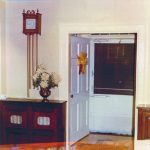
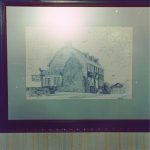
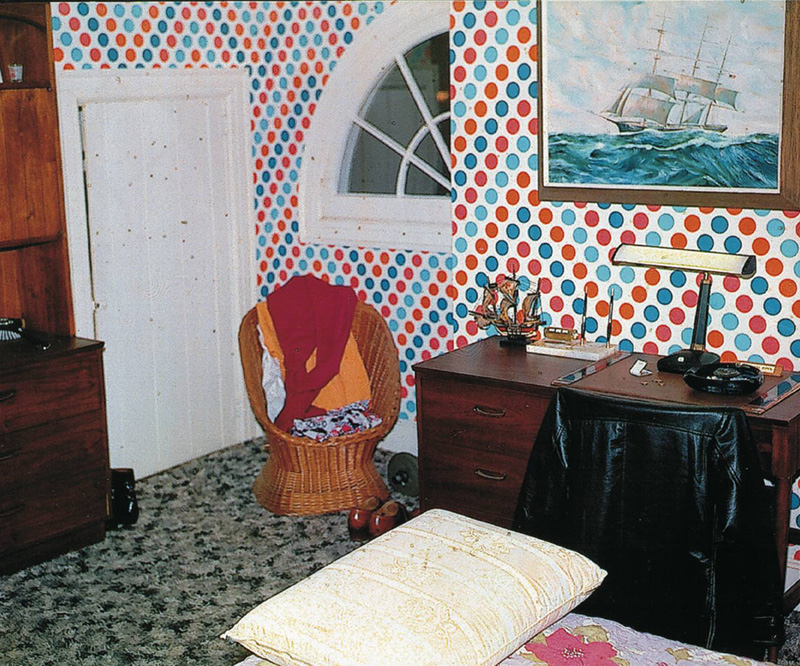
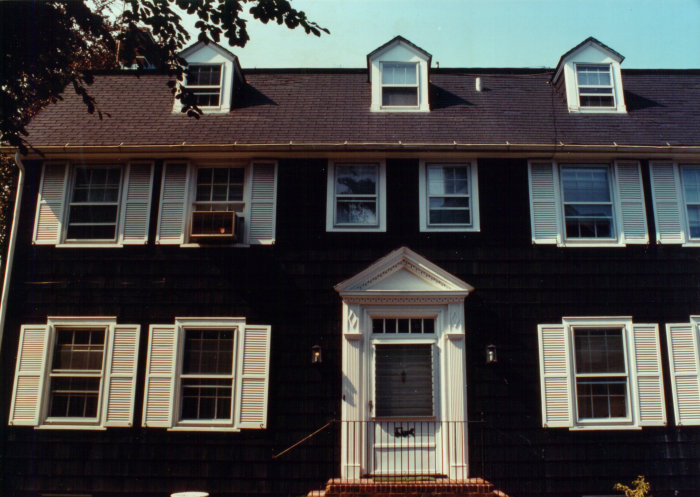
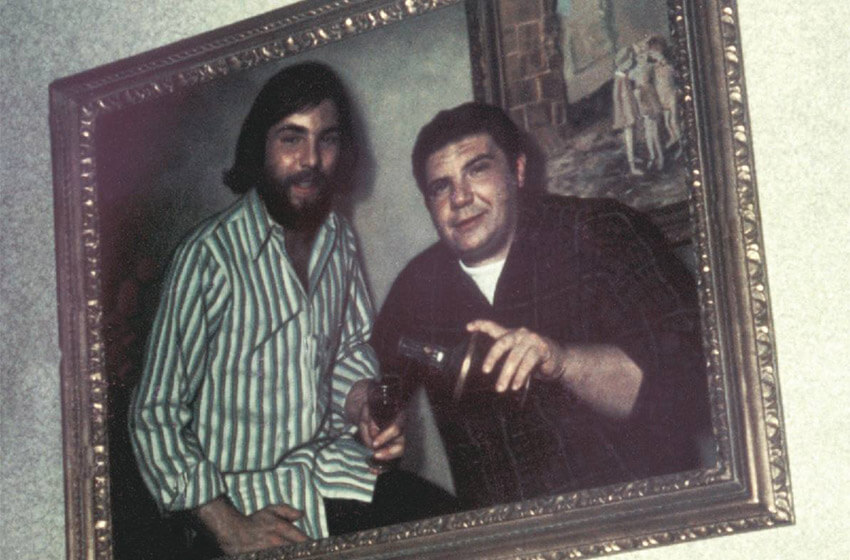
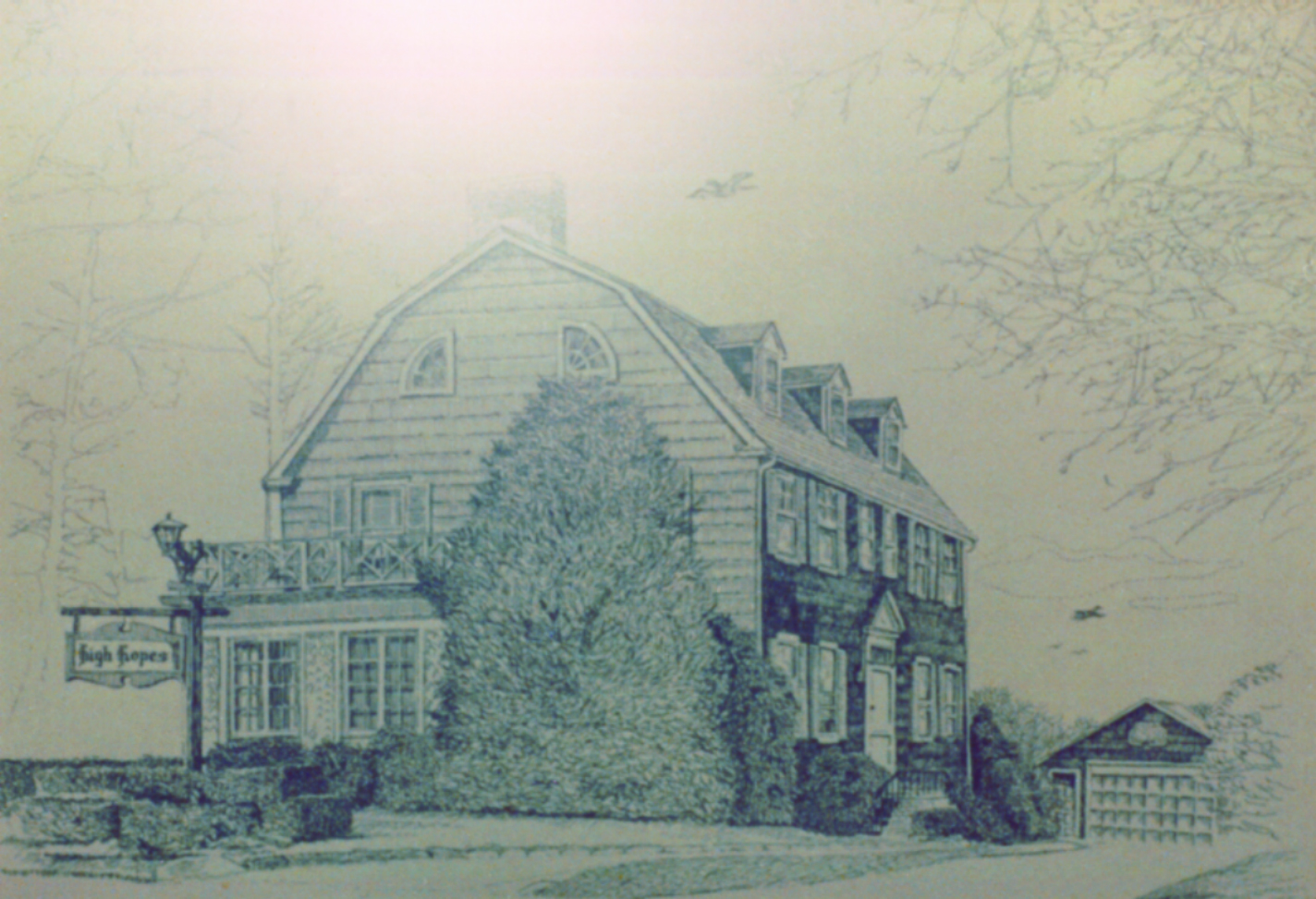
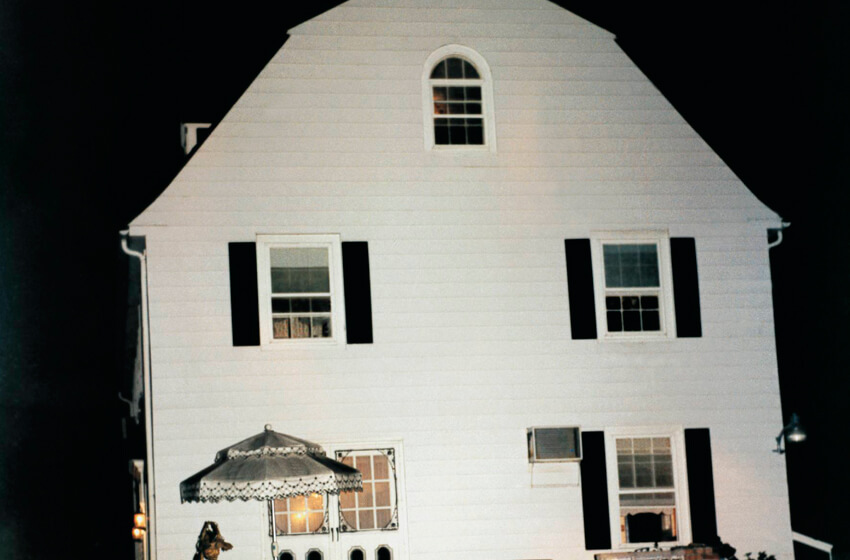

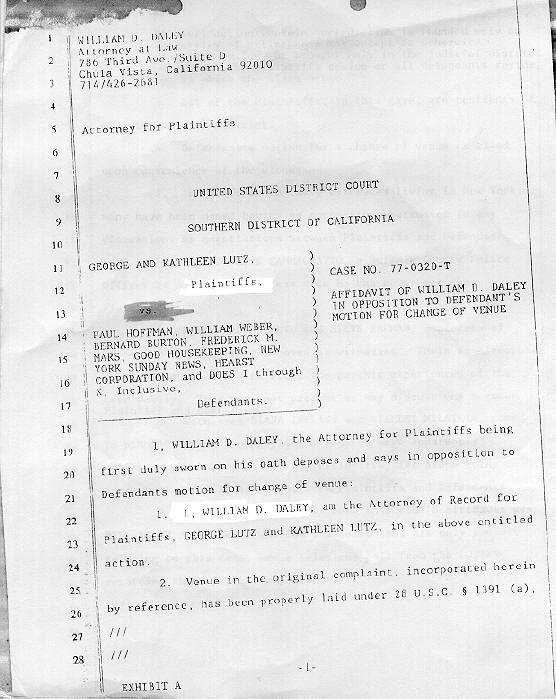
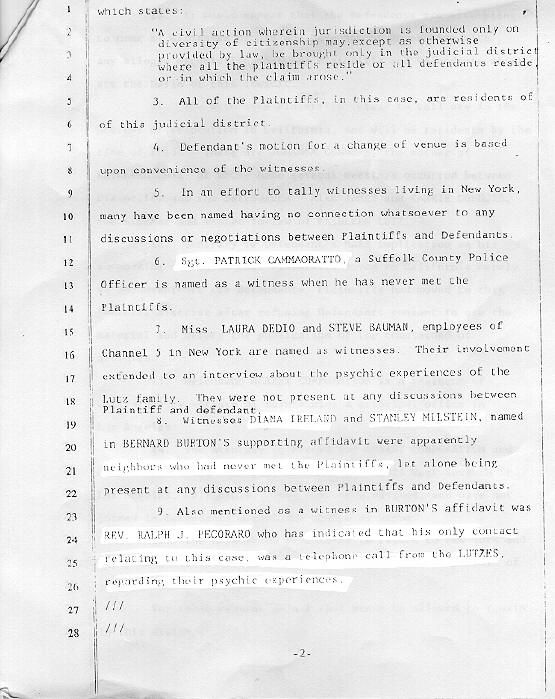

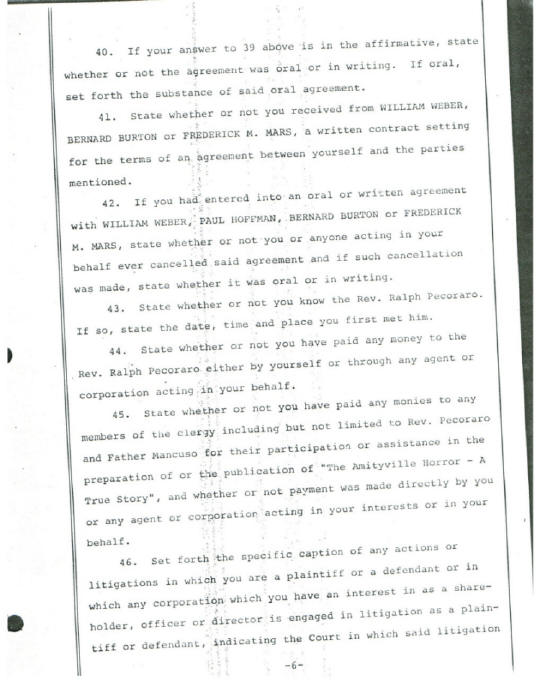
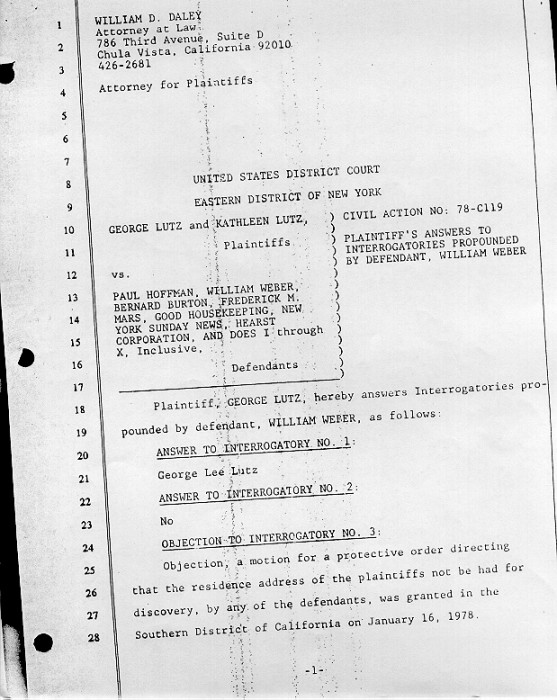

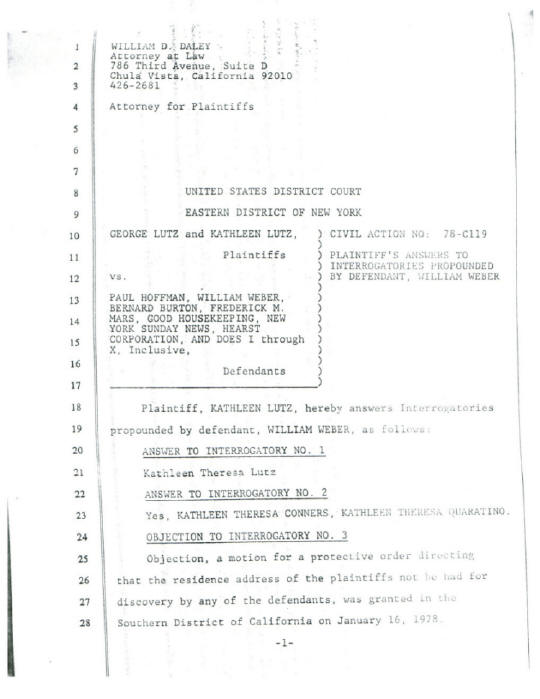

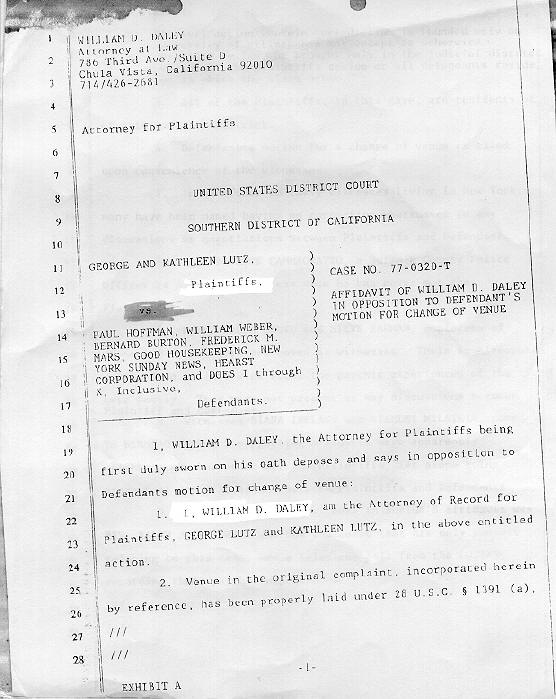
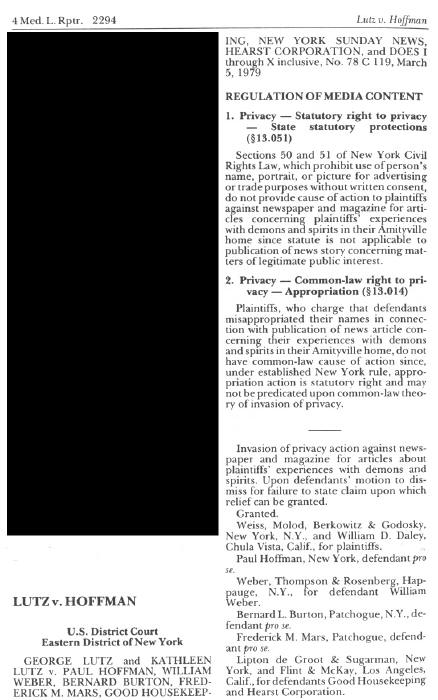
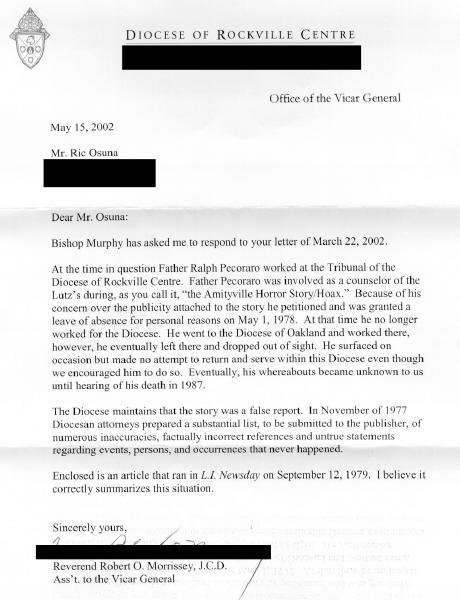

THE AMITYVILLE MURDERSSocial Media